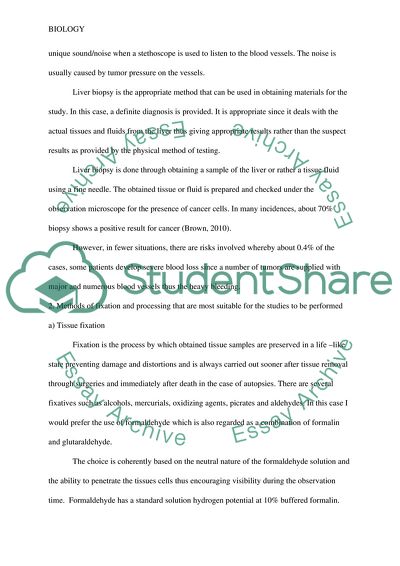Cite this document
(Cellular and Molecular Pathology Essay Example | Topics and Well Written Essays - 1500 words - 1, n.d.)
Cellular and Molecular Pathology Essay Example | Topics and Well Written Essays - 1500 words - 1. https://studentshare.org/health-sciences-medicine/1800848-cellular-and-molecular-pathology
Cellular and Molecular Pathology Essay Example | Topics and Well Written Essays - 1500 words - 1. https://studentshare.org/health-sciences-medicine/1800848-cellular-and-molecular-pathology
(Cellular and Molecular Pathology Essay Example | Topics and Well Written Essays - 1500 Words - 1)
Cellular and Molecular Pathology Essay Example | Topics and Well Written Essays - 1500 Words - 1. https://studentshare.org/health-sciences-medicine/1800848-cellular-and-molecular-pathology.
Cellular and Molecular Pathology Essay Example | Topics and Well Written Essays - 1500 Words - 1. https://studentshare.org/health-sciences-medicine/1800848-cellular-and-molecular-pathology.
“Cellular and Molecular Pathology Essay Example | Topics and Well Written Essays - 1500 Words - 1”. https://studentshare.org/health-sciences-medicine/1800848-cellular-and-molecular-pathology.


